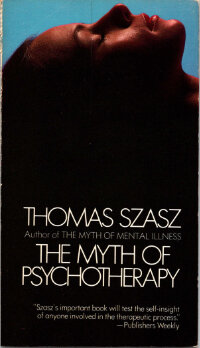Edited By Leigh M. Roberts, Seymour L. Halleck and Martin B. Loeb
From he cover: The field of community psychiatry has been called "the third psychiatric revolution," the first major breakthrough in the field since the awakening of humanitarian concern among psychiatrists, and the Freudian scientific era. This third revolution can be broadly defined as the attempt by the community to use inter- related services to deal with the preventive and rehabilitative mental health problems of its people. For the psychiatrist, this new movement will mean less emphasis on intensive psychotherapy and more attention to the sociology of his community.
NY. Anchor. 1969. 270p. CONTAINS MARK-UP





















